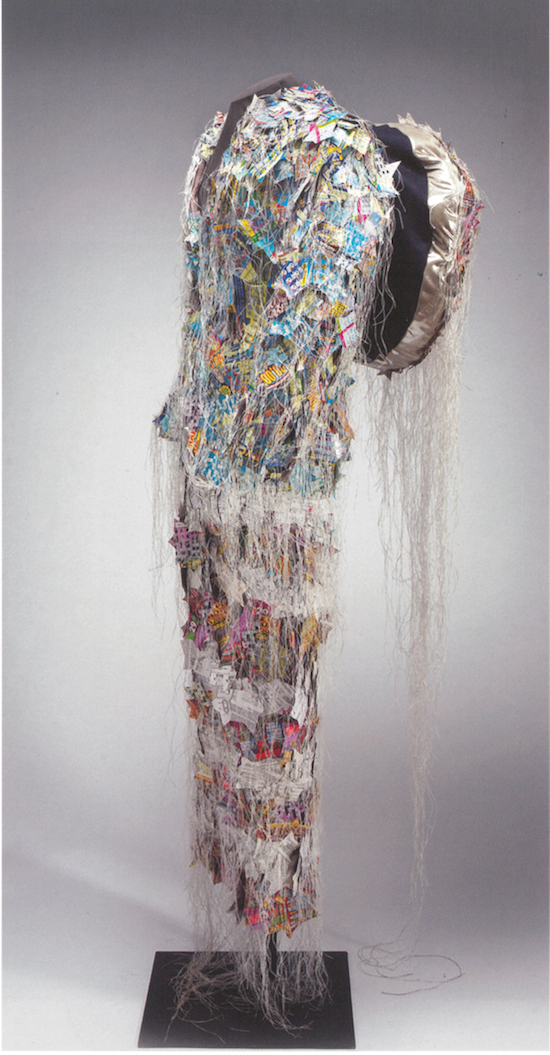
'Something fishy' in canal-city Lowell
“Something Fishy’’ (acrylic), by Patrick McCay in the Whistler House Museum of Art’s (in Lowell, Mass.) members’ exhibition, which features art from members of the Lowell Art Association, the nation’s oldest incorporated art association. The Whistler House is the birthplace of famed painter and etcher James McNeill Whistler (1834-1903), probably best known for the painting nicknamed “Whistler’s Mother.’’
The Boott Cotton Mill Museum and Trolley, in the Lowell National Historical Park
Incorporated in 1826 to serve as a mill town, Lowell was named after Bostonian Francis Cabot Lowell, a major early figure in the American Industrial Revolution. The city soon became famous for its textile mills and other factories. Many of Lowell's historic but long closed manufacturing sites are now part of the Lowell National Historical Park, which is also well known for its canals, on which you can take tours by boat.
1975 map shows Lowell canals.
Floss daily and keep hoping
"Captain America Suit'' (found lottery tickets, dental floss. man's suit), by REBECCA SIERMERING, in the traveling Fiberart International show, which will be at the American Textile History Museum, in Lowell, Mass., through Oct. 26. The museum say she says that the work ''reflects our yearning for a quick path to 'the good life.'''
Making textiles and the clothes that are are made of them used to be a very big deal in New England, especially in such old mill towns as Lowell. Now little of that stuff is made in our six states, but we still appreciate the art associated with it. Lowell, with its beautiful mills, canals and other reminders of its glory as a textile town, much preserved in the Lowell National Historical Park, is well worth a visit. It's a way of understanding the ingenuity and dynamism that marked the American Industrial Revolution. (Then there were the horrors of child labor....)




